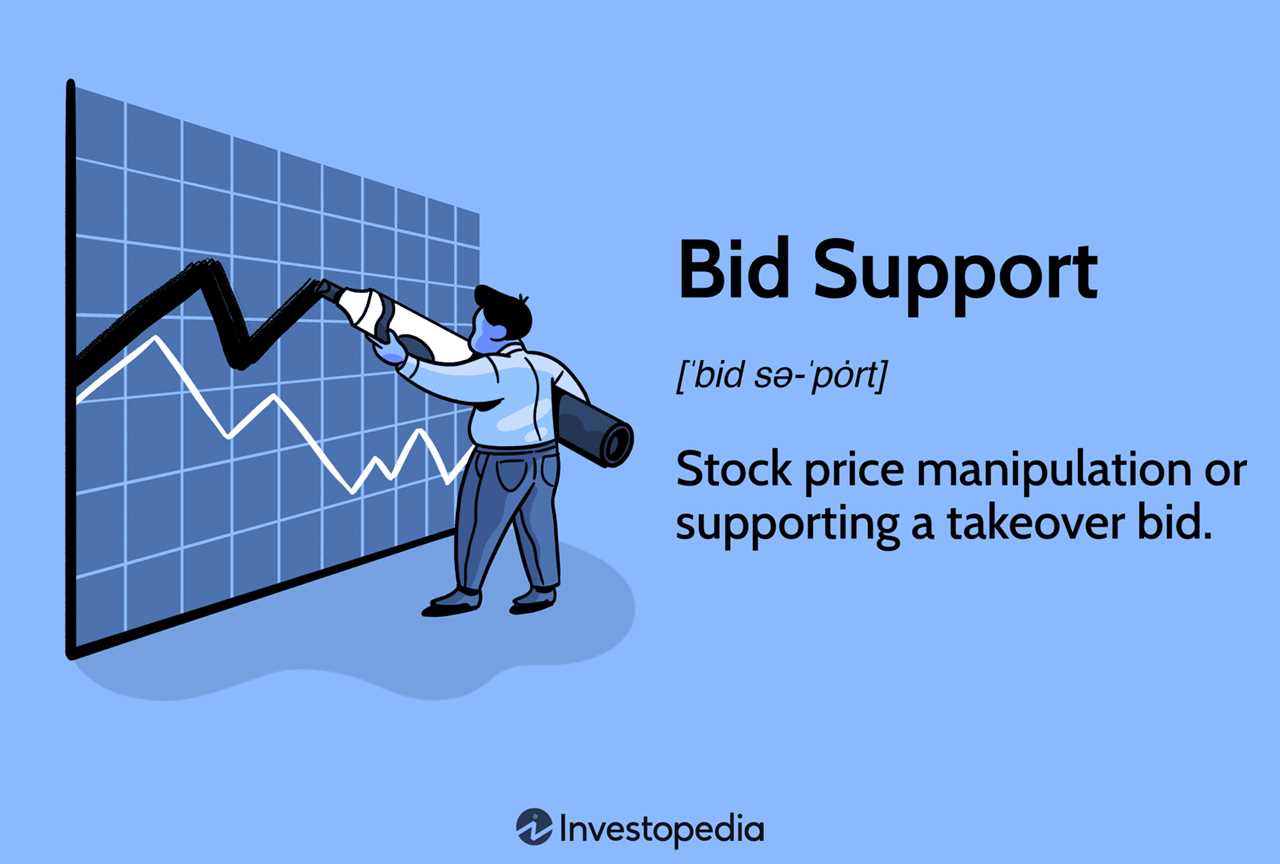Meaning and Importance of Bid in Investing
In the world of investing, a bid is a crucial concept that plays a significant role in determining the price of a financial instrument. It refers to the highest price that a buyer is willing to pay for a particular asset or security. The bid is an essential component of the bid-ask spread, which represents the difference between the highest price a buyer is willing to pay (bid) and the lowest price a seller is willing to accept (ask).
The bid is of utmost importance in investing as it provides valuable information about the demand for a particular asset. It reflects the market sentiment and investor’s willingness to acquire the asset at a specific price. The bid price is influenced by various factors such as supply and demand dynamics, market conditions, investor sentiment, and the overall economic environment.
Importance of Bid in Investing

The bid plays a crucial role in determining the fair value of an asset. It represents the maximum price that buyers are willing to pay, and it sets a benchmark for sellers to evaluate their selling price. The bid price also serves as a reference point for investors to make informed investment decisions.
Furthermore, the bid is essential for market liquidity. It encourages market participants to actively trade and facilitates price discovery. A higher bid indicates strong demand, which can attract more buyers and increase trading activity. On the other hand, a lower bid may indicate weak demand, which can lead to lower trading volumes and liquidity.
Impact of Bid on Investment Strategies

The bid price has a significant impact on various investment strategies. For example, in a buy-and-hold strategy, investors may place a bid at a lower price to capitalize on potential price declines and acquire the asset at a discounted rate. Conversely, in a momentum trading strategy, investors may place a bid at a higher price to ride the upward price momentum and capture potential gains.
Moreover, the bid price is crucial for active traders who aim to profit from short-term price fluctuations. They closely monitor the bid-ask spread to identify opportunities for quick trades. A narrower bid-ask spread indicates higher liquidity and lower trading costs, making it more favorable for active traders.
Functionality and Mechanics of Bid in Financial Markets
When an investor places a bid, it is typically done through a brokerage firm or an online trading platform. The bid price is the maximum amount that the investor is willing to pay for the security. It is important to note that the bid price is always lower than the ask price, which is the price at which a seller is willing to sell the security.
The bid price is determined by various factors, including supply and demand dynamics, market conditions, and investor sentiment. In an active market with high demand for a particular security, the bid price may be higher as buyers compete to purchase the limited available supply. Conversely, in a market with low demand, the bid price may be lower as buyers have more negotiating power.
Once a bid is placed, it becomes part of the order book, which is a record of all buy and sell orders for a particular security. The order book is maintained by the exchange or trading platform and helps facilitate the matching of buyers and sellers. When a seller places an ask price that matches or is lower than the bid price, a trade occurs, and the transaction is executed.
It is important to understand that bids are not guaranteed to be executed immediately. In some cases, there may not be a seller willing to sell at the bid price, or there may be a limited supply available. In such situations, the bid may remain open until a matching ask price is available, or the investor may need to adjust their bid price to attract sellers.
Furthermore, bids can also be canceled or modified by the investor before they are executed. This flexibility allows investors to react to changing market conditions or adjust their strategies based on new information. However, it is important to note that canceling or modifying a bid may incur additional fees or penalties, depending on the brokerage or trading platform.
Varieties of Bids and Their Significance in Different Investment Strategies
1. Market Order
A market order is the most common type of bid where an investor instructs the broker to buy or sell a security at the best available price in the market. This type of bid ensures quick execution, but the investor has no control over the price at which the trade is executed. Market orders are often used when the investor wants to enter or exit a position quickly.
2. Limit Order
A limit order is a bid where the investor sets a specific price at which they are willing to buy or sell a security. The order will only be executed if the market price reaches or exceeds the specified limit price. Limit orders provide more control over the execution price but may not be executed if the market does not reach the specified price. This type of bid is commonly used by investors who want to buy or sell at a specific price level.
3. Stop Order

4. Stop-Limit Order

A stop-limit order combines the features of a stop order and a limit order. It becomes a limit order once the market price reaches the specified stop price. The investor sets both a stop price and a limit price. If the market price reaches the stop price, the order is triggered and becomes a limit order to buy or sell at the specified limit price or better. This type of bid provides more control over the execution price but may not be fully executed if the market does not reach the limit price.
Overall, the choice of bid type depends on the investor’s investment strategy, risk tolerance, and desired level of control over the execution price. It is important for investors to understand the varieties of bids and their significance in order to make informed decisions and achieve their investment goals.

Emily Bibb simplifies finance through bestselling books and articles, bridging complex concepts for everyday understanding. Engaging audiences via social media, she shares insights for financial success. Active in seminars and philanthropy, Bibb aims to create a more financially informed society, driven by her passion for empowering others.
